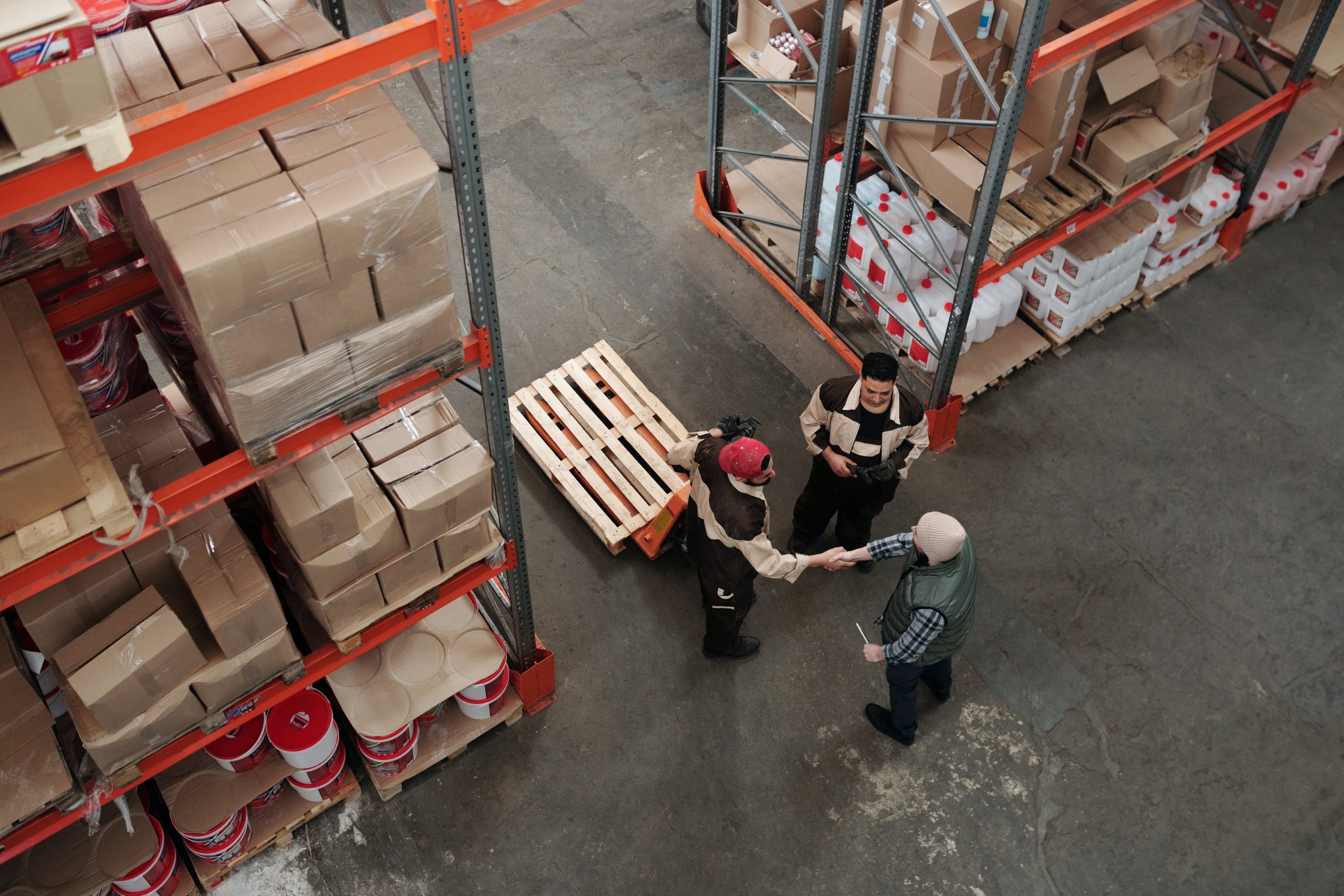In the complex landscape of e-commerce, returns management stands out as a pivotal aspect that can either strain customer relationships or serve as a cornerstone for building long-term loyalty. At Transnova Logistics, we recognize the critical role returns play in shaping customer experiences. Our mission is to guide businesses through the process of turning returns from cumbersome obstacles into opportunities for customer satisfaction and loyalty reinforcement.
Streamlined Return Authorization:
Initiating a return should be a seamless experience for customers, devoid of unnecessary friction points. With Transnova Logistics, we prioritize the simplification of the return authorization process. Through intuitive interfaces and accessible channels, customers can effortlessly request returns, whether through your website, mobile app, or customer service hotline. By making return initiation hassle-free, we set the stage for a positive customer journey, even in the event of product dissatisfaction.
Effortless Return Processing:
Once a reversal is authorized, the efficiency of the reversal processing phase becomes paramount. This is where Transnova Logistics excels. Our seasoned team manages the entire returns lifecycle with precision and care. From receiving returned items to inspecting, categorizing, and restocking them, we ensure a smooth and expedited process. By minimizing turnaround times and maximizing accuracy, we mitigate disruptions to your business operations while upholding service excellence.
Leveraging Returns for Loyalty:
Returns are not just transactions; they are opportunities to showcase your commitment to customer satisfaction and loyalty. Transnova Logistics helps you leverage returns as strategic touchpoints for relationship-building. Whether it’s offering fast refunds, free return shipping, or personalized support, we empower you to exceed customer expectations and turn negative experiences into positive outcomes. By transforming dissatisfied customers into brand advocates, you can cultivate a loyal customer base that drives sustained business growth.
Transnova: Your Returns Partner
In conclusion, returns management represents a critical juncture in the customer journey, with the power to either erode trust or strengthen loyalty. At Transnova Logistics, we’re dedicated to helping businesses harness the latter. Through streamlined return authorization processes, efficient return processing, and strategic loyalty-building initiatives, we empower you to transform returns from potential liabilities into valuable opportunities for customer happiness and long-term loyalty. Reach out to us today and let’s embark on this journey towards enhanced customer satisfaction together.









